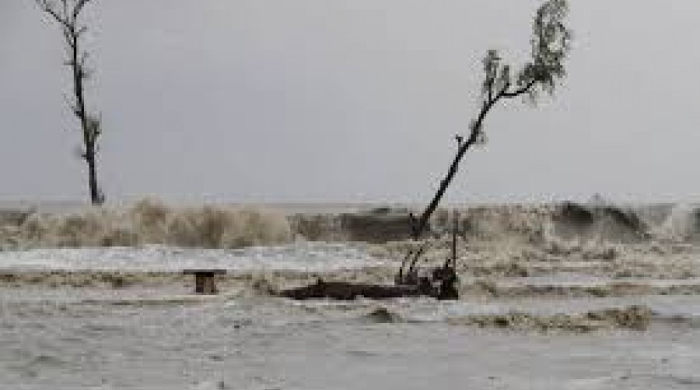As predicted by the Met office, the super cyclone, Amphan, has unleashed its destructive power both in Bangladesh and West Bengal after it made landfall at Digha coast of that part of India. Starting as a super cyclone in the north-western Bay of Bengal, it gradually lost its initial kinetic energy as it touched the land and was reduced to a severe cyclonic storm, though still left with enormous destructive potential. But the part of the cyclone that battered coastal districts of Bangladesh at a speed of around 160 km per hour was marked by its lingering effect as it moved inland and raged northeast through different districts. Thankfully, as it could be gathered till the morning of May 21, the cyclone did not cause as much damage to life and property in Bangladesh as it was originally feared given the colossal size of the super-storm as it was taking shape in the Bay of Bengal.
Considering that so far we have reports of few deaths from the coastal districts of the country, there is no reason for taking it lightly as the full picture of the damages unfolds. The powerful cyclone accompanied by high tidal surge has inundated hundreds of villages in the coastal districts of Bhola, Patuakhali, Barguna, Khulna, Bagerhat, Satkhira, including char areas of those districts as well as those of Barishal and Laxmipur.
But the more concerning aspect of this tidal surge is that it has caused rivers like Rupsha, Shibshar and Pashur to flow above the danger level. As a consequence, the protective embankments at several points in Satkhira have collapsed threatening the fishery resources of the south and south-western parts of the country. It may inflict untold losses to the owners of the fish farms and shrimp enclosures as well as render a large number of people who earn their bread by working in those fishery projects jobless. Though the extent of damage to livestock and properties is yet to be ascertained, the magnitude of the losses is feared to be significant.
The immediate damage to property and crops from the tidal surge apart, the worst fear would be retention of the salty water in the mainland causing long-term damage to the flora and fauna of the region. The sweet water sources risk being contaminated by the seawater causing harm not only to aquatic resources and crops, but also to human health. So, these would be important considerations during post-cyclone work of rebuilding and rehabilitation. The rehabilitation work would also involve helping thousands of poor villagers who lost their houses, cattle and other belongings due to the cyclone and tidal surge to restart their lives.
Though it has been claimed by the authorities that the cyclone shelters had enough space to maintain social distancing to avoid infection by Covid-19 virus, the reality on the ground may not have admitted of any degree of complacence on that count. It is hoped that the issue would receive due importance from appropriate authorities once the evacuees return to their homesteads. Overall, in the post-cyclone rehabilitation phase, the government will have to address the dual issues of material losses suffered by the cyclone-hit people as well as the health risks they were exposed to at the congested cyclone shelters. Once again kudos to our disaster management model consisting of warning the people and persuading them to move to safety. Thanks to the persistent and timely evacuation efforts of the local administrations, the loss to human lives could be kept at a minimum.














